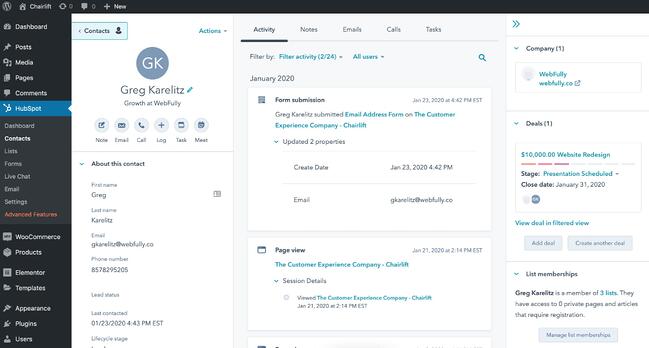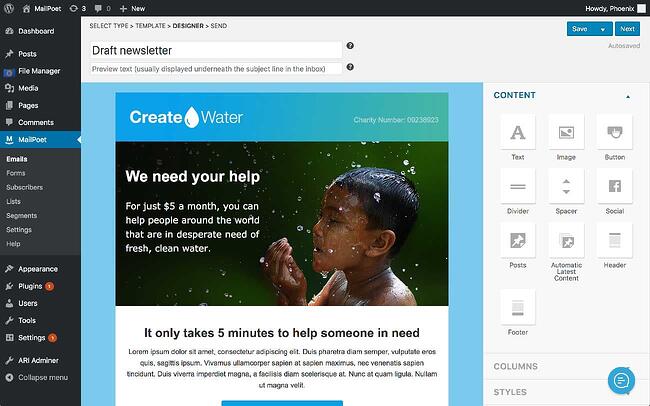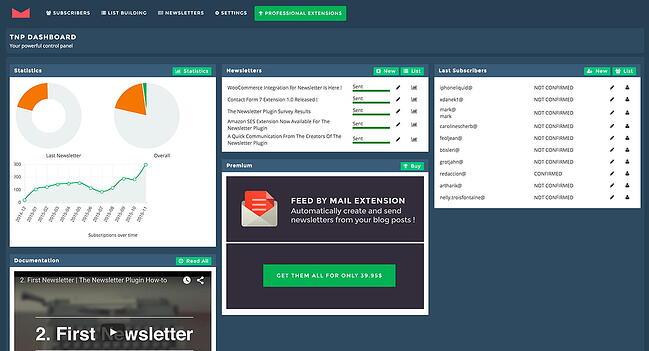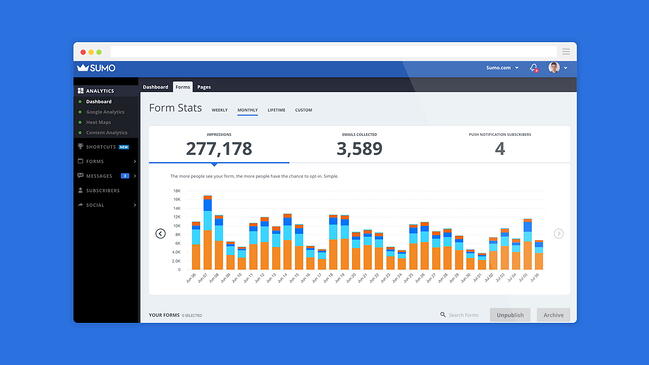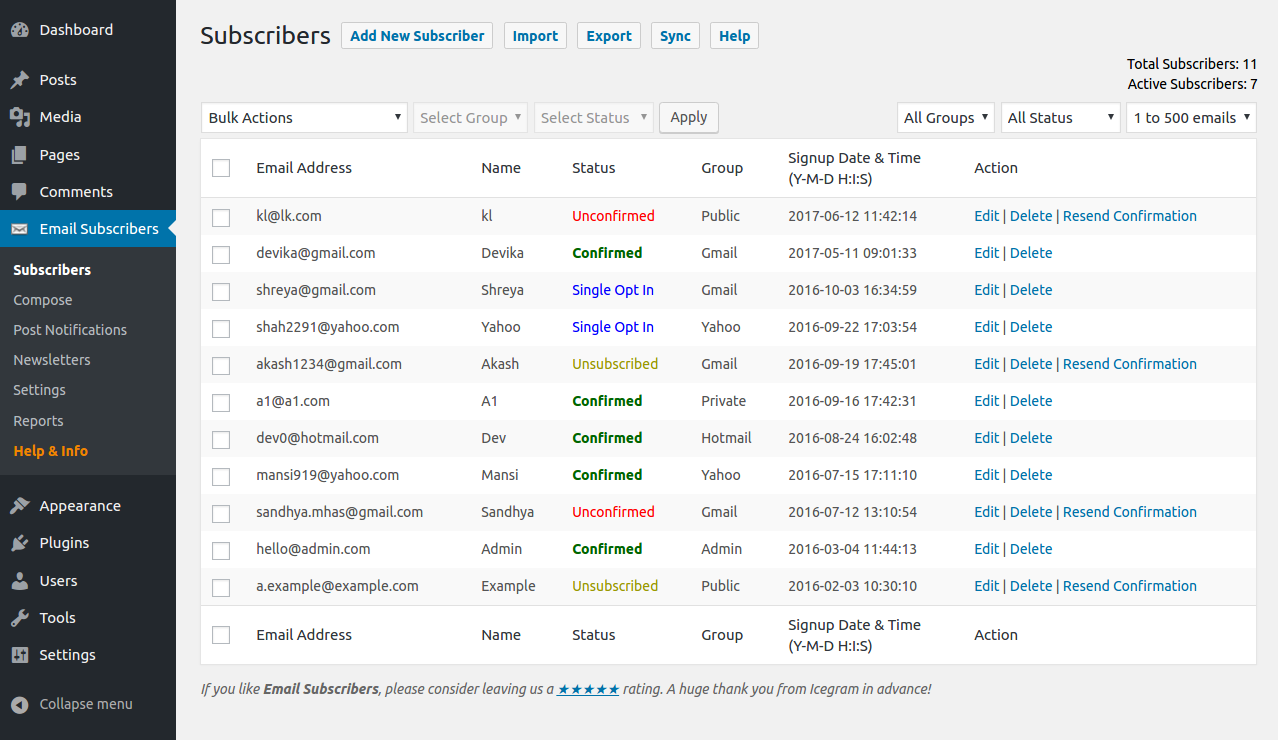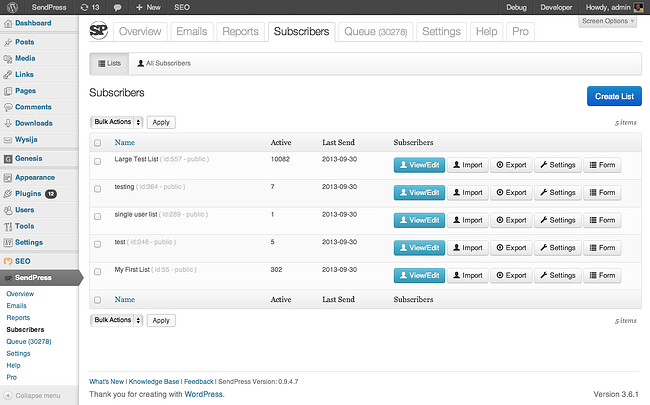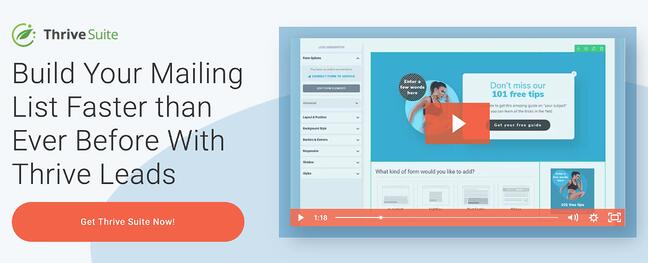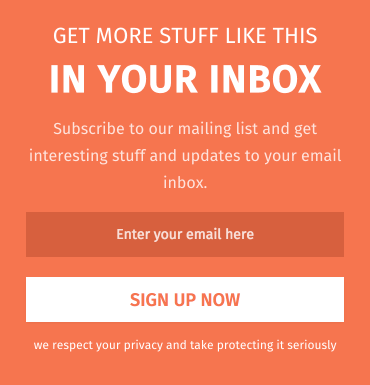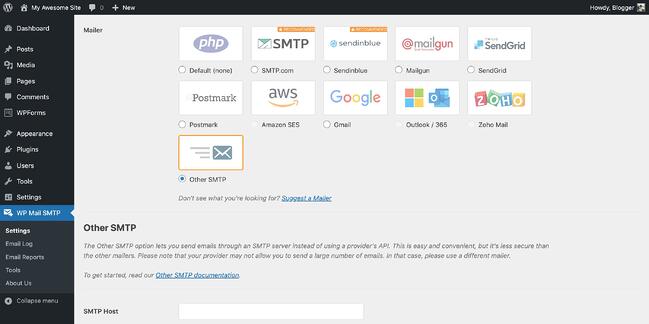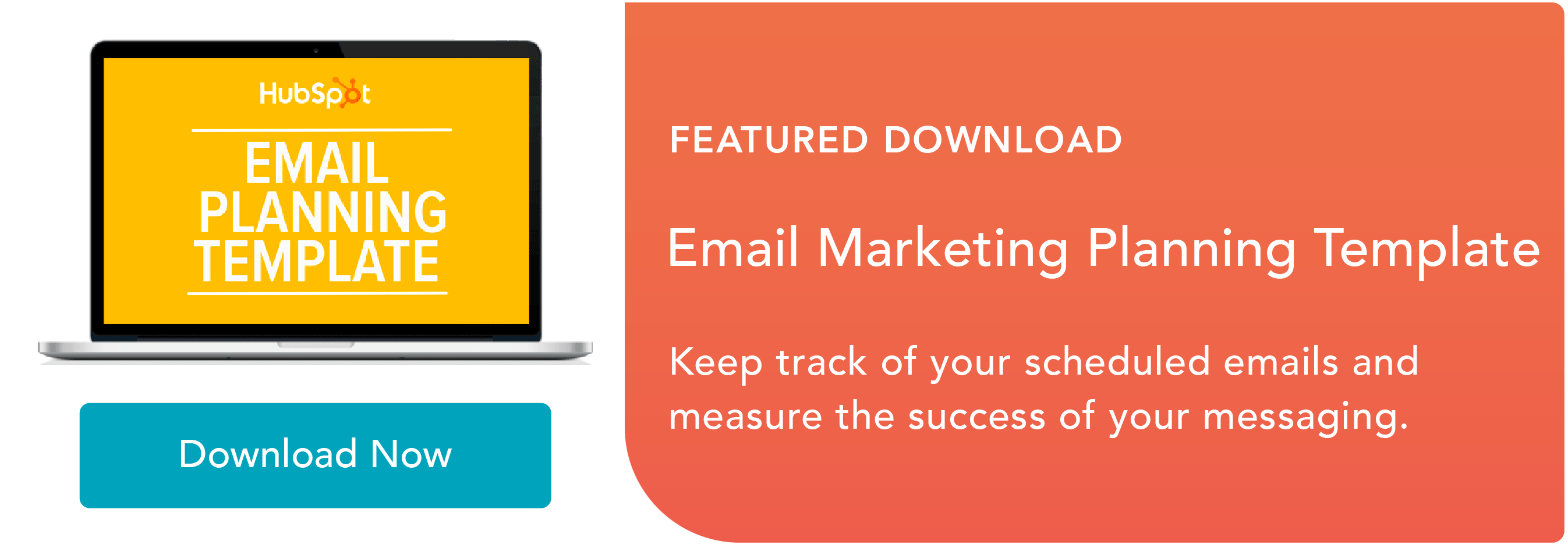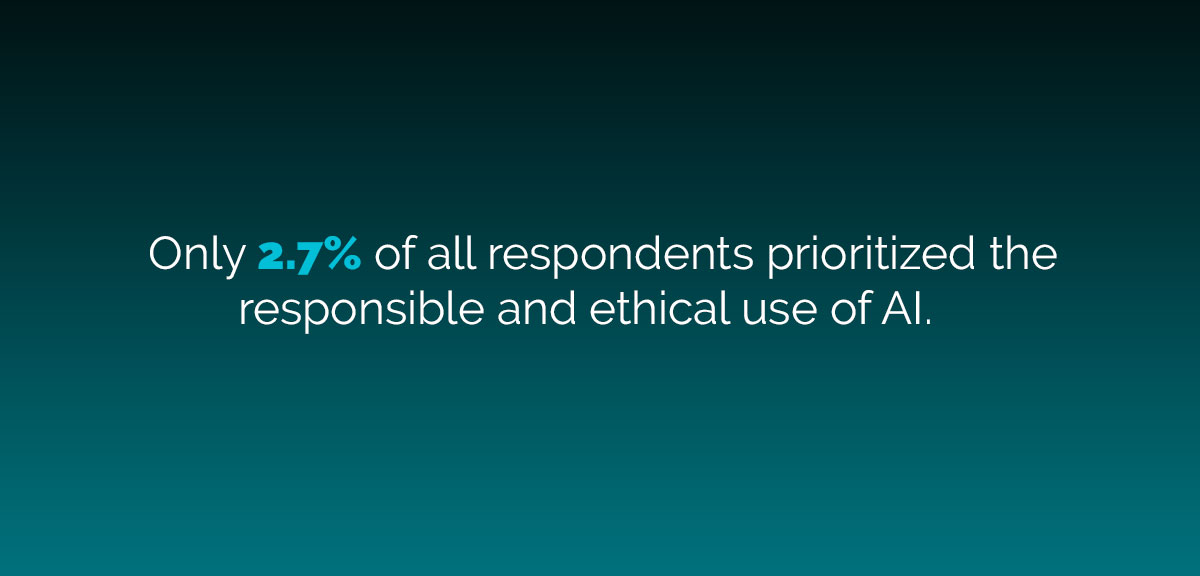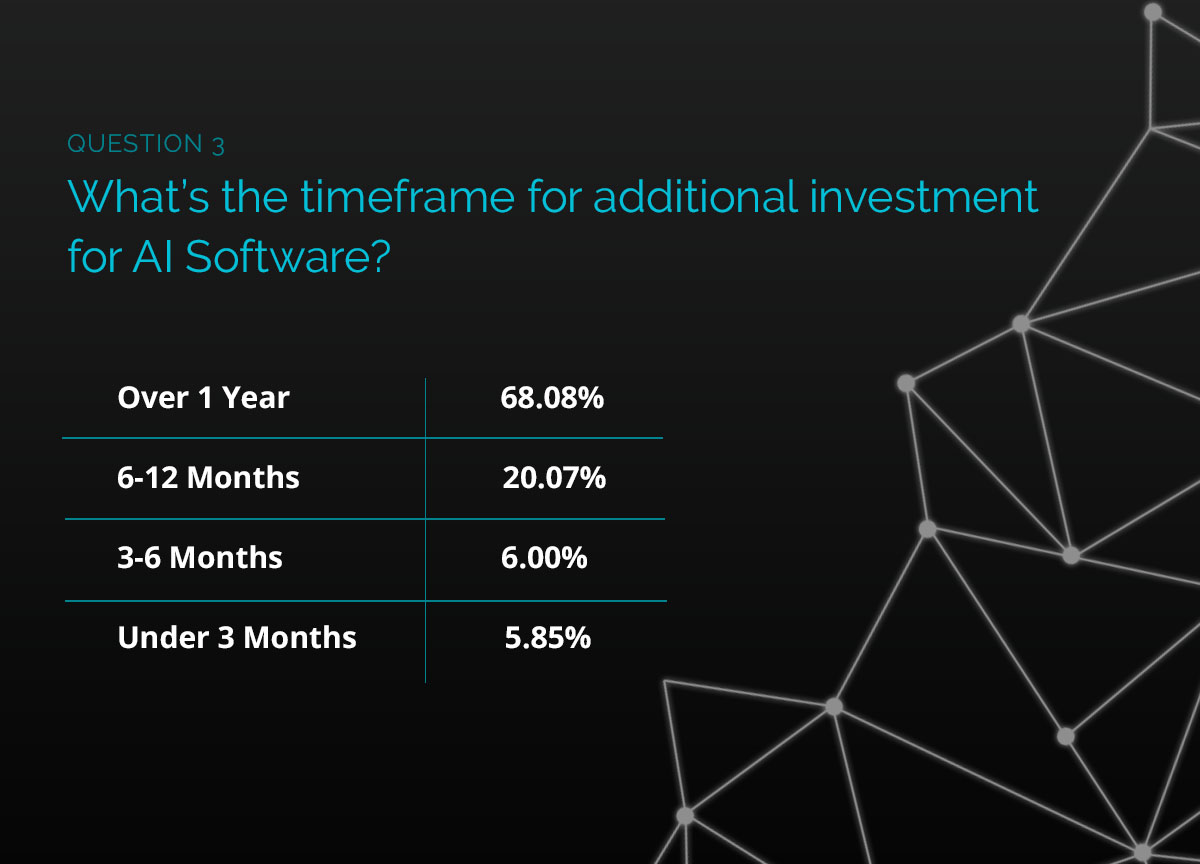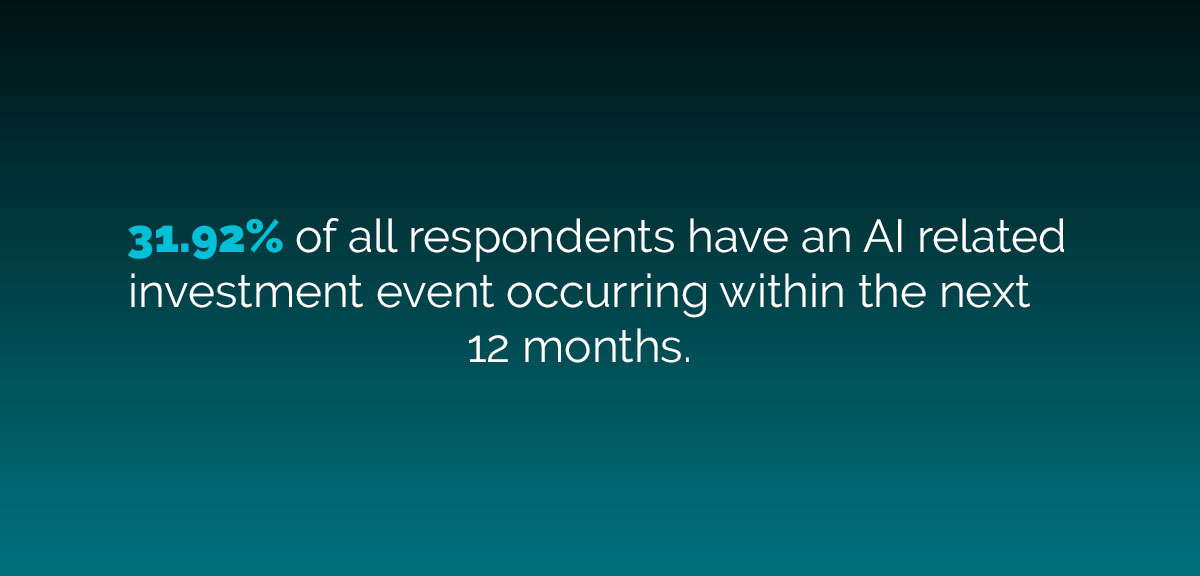If I could go out to dinner with any brand, I think I’d have to choose Trader Joe’s.
Now, I know that may sound weird, but stay with me. Nike, as you know, would be too energetic, which would embarrass me — let’s play it cool here, okay, Nike?
Apple, on the other hand, would be both sophisticated and a little pretentious, which would make me nervous.
And Timberland is just too outdoorsy and gritty. We wouldn’t have much in common.
By comparison, Trader Joe’s is unique, earthy, and a little playful. We could discuss its fantastic seasonal selections, like its Pumpkin Alfredo Sauce or Butternut Mac & Cheese Bites, and I would thank TJ (because we’re at the nickname level by now) for its generous cheese prices.
While we all know I can’t actually go out to dinner with Trader Joe’s (or any brand, for that matter), I’m willing to bet you’re able to picture what it would be like to hang out with your own favorite brand — or how a dinner with Peloton might differ from a dinner with Netflix.
That’s the power of brand personality. It helps you relate to certain brands that mirror the characteristics you value most. And it also inspires you to connect with certain brands that demonstrate characteristics you hope to develop.
Here, let’s explore why brand personality matters. Plus, how to create your own brand personality, examples of powerful brand personalities, and tricks of the trade from HubSpot’s Brand Strategy team.
What is brand personality?
Simply put, a brand’s personality is the set of human characteristics you attribute to that brand. Or, put another way — it’s how you’d describe a brand if it were a person.
A brand’s personality shines through in brand messaging, images, and overarching marketing campaigns.
Additionally, consistency is key. If your brand’s personality differs on your company website compared to your social channels, it will be more difficult for consumers to learn who your brand is, and what it stands for.
As Ben Harmanus, EMEA’s Head of Brand Marketing, puts it, “A brand’s personality is a set of human traits that define a brand. These traits set one brand apart from others, and make it unique.”
Harmanus adds, “These characteristics should be chosen wisely, since they help build an emotional connection to a specific target group.”
Harmanus told me, “Brand personality is the essential foundation for brand identity and brand marketing — and has a huge impact on the sales process.”
To understand how brand personality infiltrates a brand’s marketing materials, let’s take a look at a few examples.
Brand Personality Examples
1. Nike
Nike’s marketing materials – from its slogan “Just Do It”, to its mission statement “To bring inspiration and innovation to every athlete in the world — embody excitement, passion, and energy.
You know who Nike as-a-person would be: A passionate sports fan, an avid athlete, and someone who is innovative and forward-focused. Nike as-a-person is interested in the newest and best when it comes to wellness and fitness.
Consider how this plays out in Nike’s marketing strategy. The caption of a recent Nike Instagram post begins, “No more waiting…”
The images and videos across Nike’s website and social pages are colorful and fast-paced, with Olympic athletes running and Serena Williams swinging a racquet.
And if you watch a Nike ad on TV, you’ll be shown the same personality — someone who is excited, active, and ready-to-go.
2. Chanel
If you’re looking for a brand personality that exemplifies sophistication, look no further than Chanel.
For starters, take a look at the brand’s mission statement: “To be the Ultimate House of Luxury, defining style and creating desire, now and forever.”

Additionally, let’s consider their Instagram page – the Chanel team uses soft blues, light yellows, and plenty of black space to draw attention to one focal point.
Their minimalist, vintage theme effectively suggests a sophisticated brand personality.
You know who Chanel is — Chanel as-a-person is someone who cares deeply for fashion, is highly polished and never says the wrong thing, and is both refined and worldly.
3. REI
There aren’t many brands as polar opposite to Chanel as REI, so let’s dive into their personality next.
REI is rugged, outdoorsy, and tough.
Their website’s homepage currently reads, “Celebrate the power in you”, and the About Us page says, “At Recreational Equipment, Inc. (REI) we believe a life outdoors is a life well-lived! We believe that it’s in the wild, untamed and natural places that we find our best selves, so our purpose is to awaken a lifelong love of the outdoors, for all.”

REI as-a-person is your “Earthy-crunchy” friend who enjoys camping, hiking, swimming — you name it, as long as it takes place outdoors. Because of their love for outdoors, REI is also dedicated and focused on the environment, and solely purchases sustainable products.
4. Volvo
Volvo as-a-person is reliable, sturdy, and dependable. Volvo prides itself on “their years of leadership in automotive safety”, and is disciplined, responsible, and principled.
Take a look at the following Volvo commercial, which highlights the safety of the cars above all else:
Additionally, if you take a look at Volvo’s About Us page, you’ll read statements like, “For nearly a century we have been making life easier, better and safer with cutting-edge technology”, and “Volvo Cars is a brand for people who care about the world we live in and the people around us” — all of which suggests a personality of dependability.
While other car dealerships might focus on a car’s fancy features, Volvo stays committed to one key value: Safety.
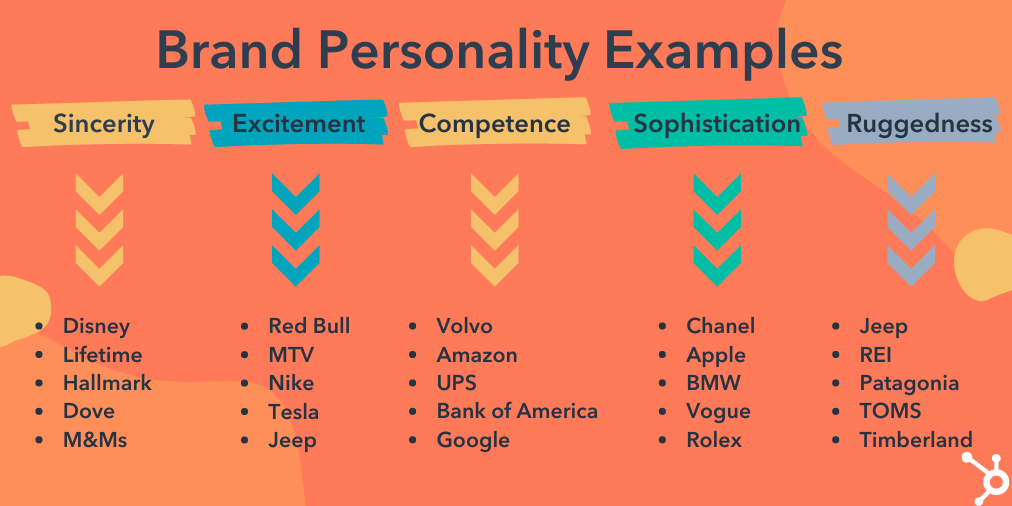
Dimensions of Brand Personality
In The Journal of Marketing Research, Jennifer Aaker outlines five dimensions of brand personality: sincerity, excitement, competence, sophistication, and ruggedness.
These five pillars can be jumping-off points when identifying your own brand’s personality.
However, there will be unique personality traits that fall under each broader dimension, and the more specific you can be when identifying which traits belong to your brand, the more authentic and unique your brand’s personality will become.
Let’s explore some specific personality traits that fall under each dimension, now:
Traits that relate to sincerity:
- Wholesomeness
- Trustworthiness
- Honesty
- Authenticity
- Cheerfulness
Traits that relate to excitement:
- Passion
- Adventurousness
- Enthusiasm
- Boldness
- Imagination
- Daring
Traits that relate to competence:
- Intelligence
- Dependability
- Success
- Principled
- Conscientious
Traits that relate to sophistication:
- Elegance
- Composure
- Worldliness
- Confidence
- Tact
Traits that relate to ruggedness:
- Toughness
- Athletic
- Sturdy
- Outdoorsy
- Reliable
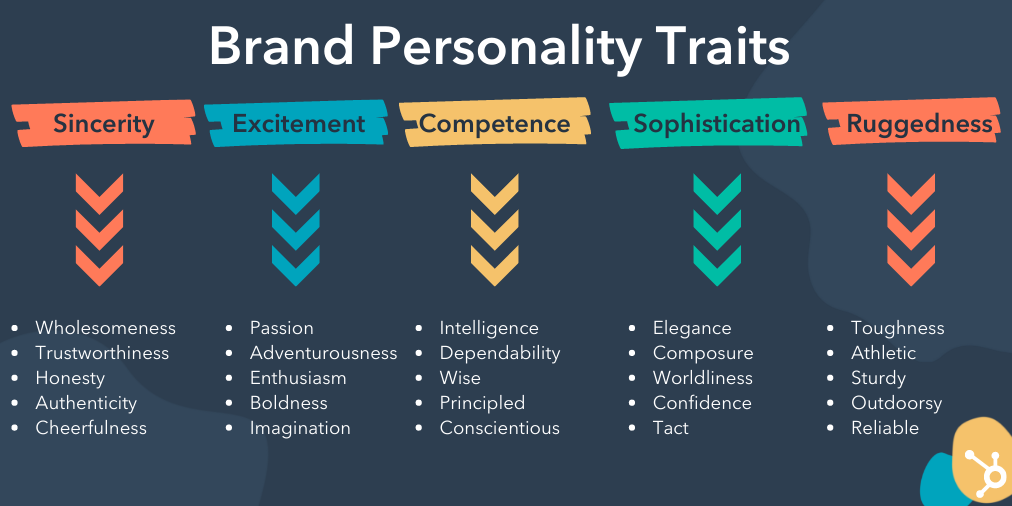
How to Create a Brand Personality
Now that we’ve explored some examples and traits of brand personalities, you might be wondering how you can create your own brand personality.
Ultimately, you’ll want to do this as early as possible. A brand personality can help guide your marketing team’s decisions and ensure your entire team remains consistent across channels — and consistency is key for brand recognition and long-term customer loyalty.
Whether you’re creating a personality for the first time or interested in re-vamping your existing brand personality, we’ve got you covered. Keep reading to learn the six steps you’ll need to take to create a strong, lasting brand personality.
1. Figure out your values.
Like any real human being, values can shape who your brand is, the decisions your brand makes, and how your brand acts.
So you’ll want to start by outlining your core values. What matters most to your brand? (Hint, hint: It should be whatever matters most to your target audience.)
Once you’ve identified your brand’s values, write them out in a value statement. Your value statement will be the foundation of your brand’s personality.
For instance, consider Life is Good’s mission statement: “To spread the power of optimism.” I’m willing to bet Life is Good’s mission statement helps drive all marketing decisions — for instance, as a marketer for Life is Good, I’d want to ensure my Instagram captions or ad copy were positive and hopeful.
2. Use your audience as inspiration — since they already are who your brand should be.
REI’s brand personality works because its target market is an audience of outdoors enthusiasts. The brand’s personality would be entirely ineffective, on the other hand, if the brand was targeting office employees.
This is why it’s vital you consider, first and foremost, your audience’s preferences, behaviors, and expectations.
You’ll want to conduct qualitative and quantitative research on your target audience to ensure you have a strong understanding of your buyer persona.
To begin understanding your buyer persona, you’ll want to ask questions like these:
- Does my audience care more about luxury, or affordability?
- Are they driven by emotions, or logic?
- When purchasing products, what matters most to them? Sustainability? Safety? Entertainment?
- What does my audience do in their free time?
- What do they care about?
- What do they like? What do they dislike?
The deeper you understand your audience, the easier it will be to construct your brand’s personality. Your brand should reflect and reinforce who your buyer persona is — or who they want to be.
Chanel’s brand personality, for instance, resonates so strongly with its audience because it reflects traits that matter to its audience, including luxury and sophistication. If Chanel was targeting an audience that cared more about affordability, then it wouldn’t succeed.
3. Ask yourself questions as if your brand were a human.
Once you’ve constructed a loose outline for your brand’s personality, you can refine it by asking yourself (and your team) questions as if your brand already were a person.
This might sound silly, but consider asking yourself:
- How does my brand act when they go to a party?
- What does my brand talk to its friends about?
- What excites my brand? What scares my brand?
- Why does my brand behave X way? What drives it?
It’s critical you’re able to describe, in great detail, who your brand is. This information doesn’t have to be public-facing — in fact, it most likely won’t be. Instead, this information will be used on the back-end so your marketing team can create materials that resonate with your audience and begin building strong brand loyalty. If done effectively, your audience will begin connecting to your brand without realizing why they feel as emotionally compelled as they do.
4. Create a brand style guide for your team.
Over time, your team will change. New people will join, others will leave. If you don’t have strong guardrails that outline who your brand is … and who it isn’t … you risk diluting the brand personality over time.
To combat this, ensure you create a brand style guide that outlines how the brand personality will display itself through your marketing materials. For instance, what font demonstrates your brand’s personality? What about colors? Language, voice, tone? Visuals?
The more specific you can be with your brand style guide, the more likely you are to see consistency across channels. Additionally, you’ll want to take the time to outline who your brand isn’t. These guardrails will ensure your brand doesn’t sound and act different on your social channels compared to your website.
As HubSpot’s Global Head of Brand Marketing Amy Marino puts it, “A brand personality can inform everything from how you write marketing copy to how you design your website to where your brand shows up in real life.”
Marino adds, “Developing a brand personality is an important element that can guide your company’s brand marketing … and ensure prospects and customers feel elements of continuity across every brand interaction.”
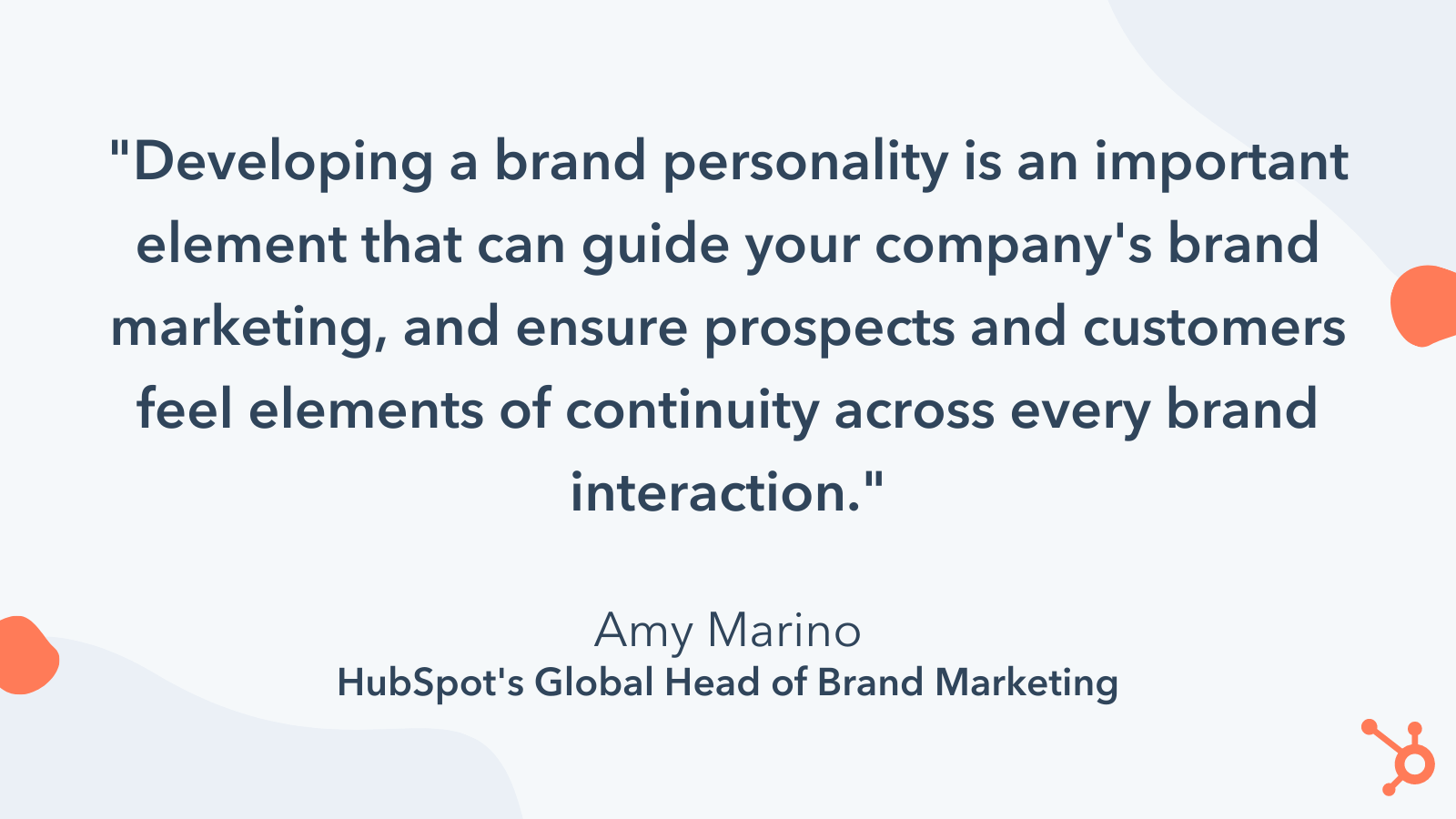
5. Iterate.
Over time, as you conduct market research, you’ll want to remain open to iterating on your personality if it no longer serves your audience or meets your audience’s needs.
For instance, perhaps in market research you find audiences feel your brand is a little too aggressive. To fix this, you might soften your brand’s personality and use more calming language across your channels.
With these tips in-mind, you’re now well on your way to developing a strong, unique brand personality that works best for your brand.
Ultimately, your brand’s personality has a direct impact on how emotionally invested your consumers are in your business — and how willing they are to stick around for the long-haul.
![]()




